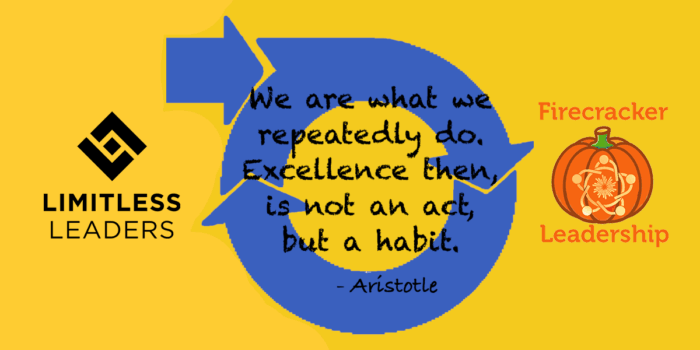This article from Inc.com shares 4 gifts you can give your people.
Leaders often debate the art and practice of how best to motivate other human beings–especially those who work for them. By nature, human motivation is a broad term, with hundreds of definitions and concepts related to the study and practice of it.
We need to narrow down the vast idea of motivation into some simple, actionable steps that create impact and drive performance. Thinking of motivation simply as, for example, “getting the best out of people” doesn’t take into account the very reasons people behave when they are “motivated.” It’s not so much about if, but why people are motivated.
Leadership that motivates
When we think about our own motivation as leaders, and align that with the reasons other people are motivated in their role as employees, we can understand how to provide the right kind of leadership. To that end, here are four leadership behaviors that consistently inspire and motivate people at the core of their being.
1. Set clear goals
Great leaders provide leadership by setting goals and keeping people abreast of those goals over time. Because sometimes things change. Here’s a question: Do your people know what is expected of them at work? Gallup has found in its extensive research that not having clear goals and expectations is one of the top five reasons employees are disengaged.
When setting goals, it’s important to define goals in the short term as well as the long term. You want to help your people see the context of their role and their work on a micro level — how the small stuff matters — and connect the dots on a macro level, helping them to see the big picture. Leaders need to learn to clarify for their employees how what they do fits in with those two contexts.
2. Schedule more one-on-ones
Leaders who intentionally set out to strengthen their relationships with employees will play a huge role in increasing motivation and work output. Most leaders don’t spend enough time getting to know their people, and people are naturally designed for relationships. The best way to do this is through one-on-one conversations for people to learn more about their work, and for leaders to learn more about them as people — their strengths, interests, and desires.
3. Give employees the freedom to explore
Allowing employees to feel like they’re in control of behaviors and outcomes leads to improved motivation. Take, for example, Google’s 20 percent rule, a concept made popular when Google went public in 2004. Google managers encouraged employees to allocate 20 percent of their time to projects they thought would benefit the company. This feature let employees explore interests and grow self-determination without the pressure to succeed.
Employees become more excited by internal factors like a need to gain knowledge or independence, versus external motivators like bonuses and promotions. Then seek out the leaders (and future leaders) within your organization who have the ambition and desire to grow. This will plant the seeds companywide for change and drive employees to take action.
4. Recognize your people
People will go through periods of insecurity, especially as they start a new role or job. Therefore, managers need to give them confidence and motivate them through encouragement, praise, and positive affirmation.
People are also naturally wired to want to feel special. Managers have to get into the habit of looking for good qualities and strengths in people, complimenting them, and sincerely recognizing them in front of their peers for doing good work. The highest compliment an employee can receive is one given to them by their manager. The more specific the better, because it helps them grow.



